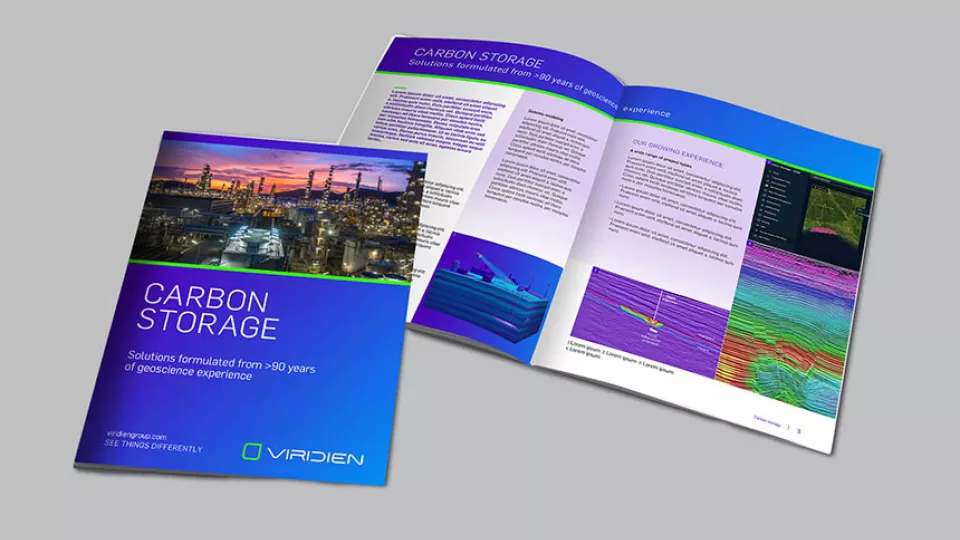EVENTS CALENDAR
Meet our experts at these events and learn more about the products, technology and services Viridien offers.
| Viridien AI Day | Jan 12, 2026 - Jan 12, 2026 | Dubai United Arab Emirates | Symposia | Add to Calendar |
| IPTC Summit 2026 | Jan 13, 2026 - Jan 14, 2026 | Dubai United Arab Emirates | Tradeshow | Add to Calendar |
| AME Roundup 2026 | Jan 26, 2026 - Jan 29, 2026 | Vancouver Canada | Tradeshow | Add to Calendar |
| SEG Workshop: FWI Beyond Structure Interpretation | Feb 10, 2026 - Feb 12, 2026 | Houston USA | Workshop | Add to Calendar |
| Viridien Q4 2025 Results | Feb 26, 2026 - Feb 26, 2026 | Paris France | Investor | Add to Calendar |
| PDAC 2026 | Mar 01, 2026 - Mar 04, 2026 | Toronto Canada | Tradeshow | Add to Calendar |
| EAGE Digitalization 2026 | Mar 09, 2026 - Mar 12, 2026 | Stavanger Norway | Tradeshow | Add to Calendar |
| Realizing the Energy Potential of Angola 2026 | Mar 24, 2026 - Mar 26, 2026 | Luanda Angola | Workshop | Add to Calendar |
| EGYPES 2026 | Mar 30, 2026 - Apr 01, 2026 | Cairo Egypt | Tradeshow | Add to Calendar |
MEDIA RELATIONS
We offer members of the media a selection of useful resources to illustrate Viridien and our areas of expertise. If you need something that is not available on this website or our social media channels, please reach out to our media contact.
We also have several multimedia assets available below and on our YouTube channel for your reference. Please remember to credit Viridien whenever our copyrighted material is published or copied.



